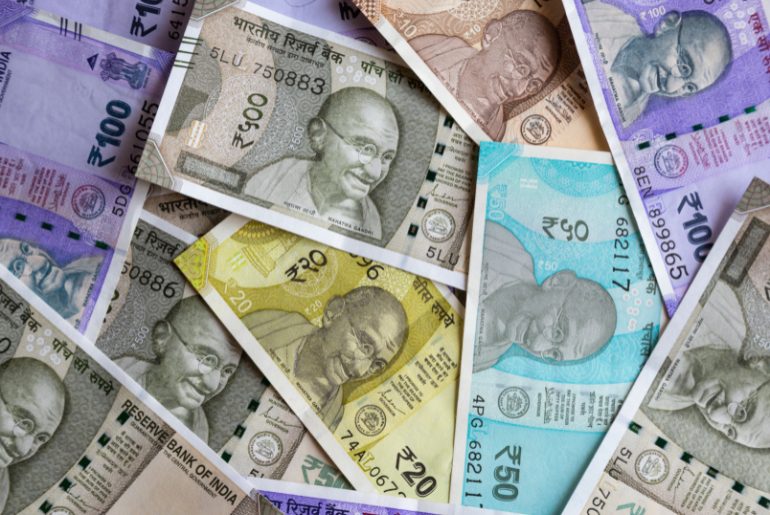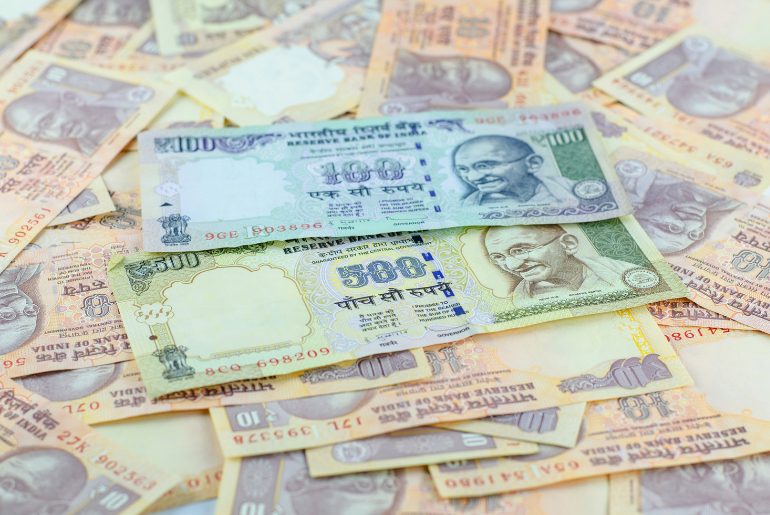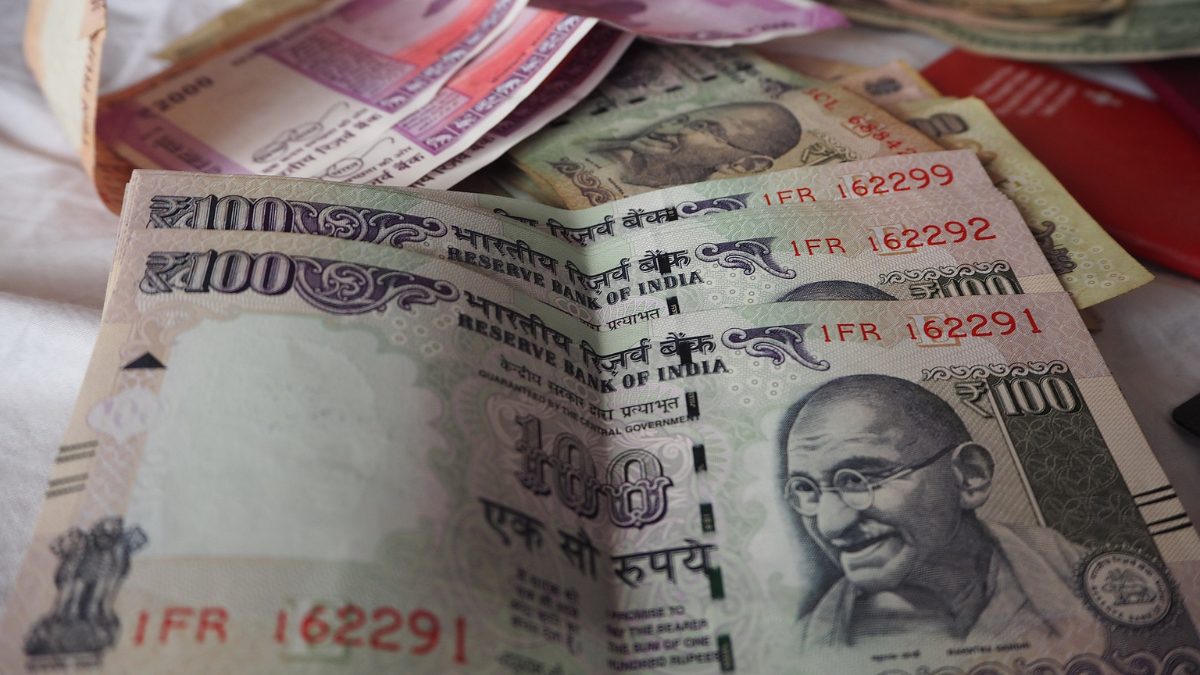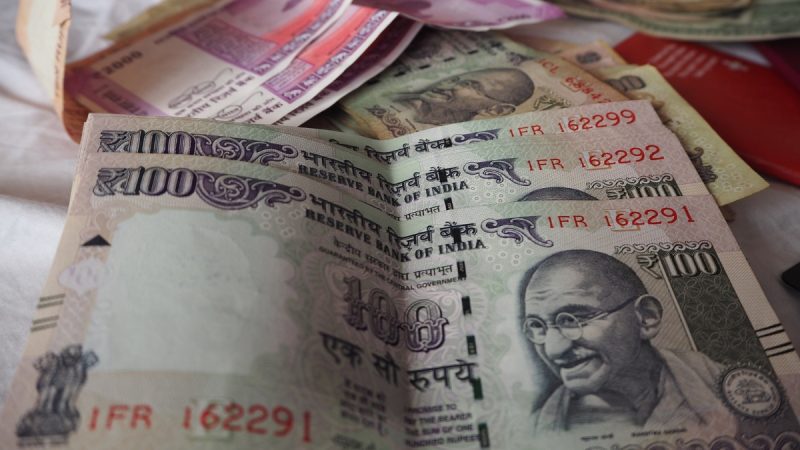India’s banknotes once looked drastically different from the ones in your pocket today. For decades, before the Father of the Nation became a permanent fixture in Indian currency, the nation’s notes told a different story. They carried symbols of royalty, national pride, and technological progress, but surprisingly, Mahatma Gandhi wasn’t always the immediate choice for this honour.
Mahatma Gandhi’s Iconic Image On Indian Notes

Immediately after India’s independence in 1947, the currency still had the image of the British monarch on it. It was a time of transition and new symbols for the country’s banknotes were carefully considered. You’d think Gandhi, as the Father of the Nation, would have naturally been chosen to replace the British monarch, but that wasn’t the case.
Instead, after much deliberation, the image of the Lion Capital of Ashoka from Sarnath was selected as the face of India’s new currency, as per the Business Standard reports. In the early decades after independence, India’s currency celebrated the nation’s cultural and technological achievements. Notes from the 1950s and 60s featured many symbols representing the country’s industrial and developmental progress. Tigers, deer, and iconic landmarks like the Hirakud Dam and Brihadeeswara Temple adorned the notes.
It wasn’t until 1969, a full 22 years after independence, that Gandhi’s face finally appeared on Indian currency. According to Deccan Herald, his first appearance was on a ₹100 note, where he was depicted seated, with his famous Sevagram Ashram in the background. However, it wasn’t yet a permanent feature on all Indian currency.
The Rise Of The Mahatma Gandhi Series

In 1987, under the Rajiv Gandhi government, a major change came when the ₹500 note was reintroduced featuring Gandhi’s portrait, according to Business Standard reports. This marked the first time his image was used on a regular denomination note. In the mid-1990s, Gandhi’s image became a permanent fixture in all denominations of Indian currency.
Even though Gandhi’s image became synonymous with Indian currency, there have been repeated calls over the years to feature other prominent Indian leaders. Despite these suggestions, the government and the Reserve Bank of India (RBI) have maintained that there is no need to replace Gandhi’s image.
As debates about currency design continue, one thing is clear—Gandhi’s image is as inevitable as his influence on India. His presence on currency notes goes beyond mere aesthetics; it embodies the ideals of a nation that continues to look to him as a beacon of moral leadership.
Cover Image Courtesy: Wikimedia Commons
For more such snackable content, interesting discoveries and the latest updates on food, travel and experiences in your city, download the Curly Tales App. Download HERE. First Published: October 03, 2024 12:09 PM




